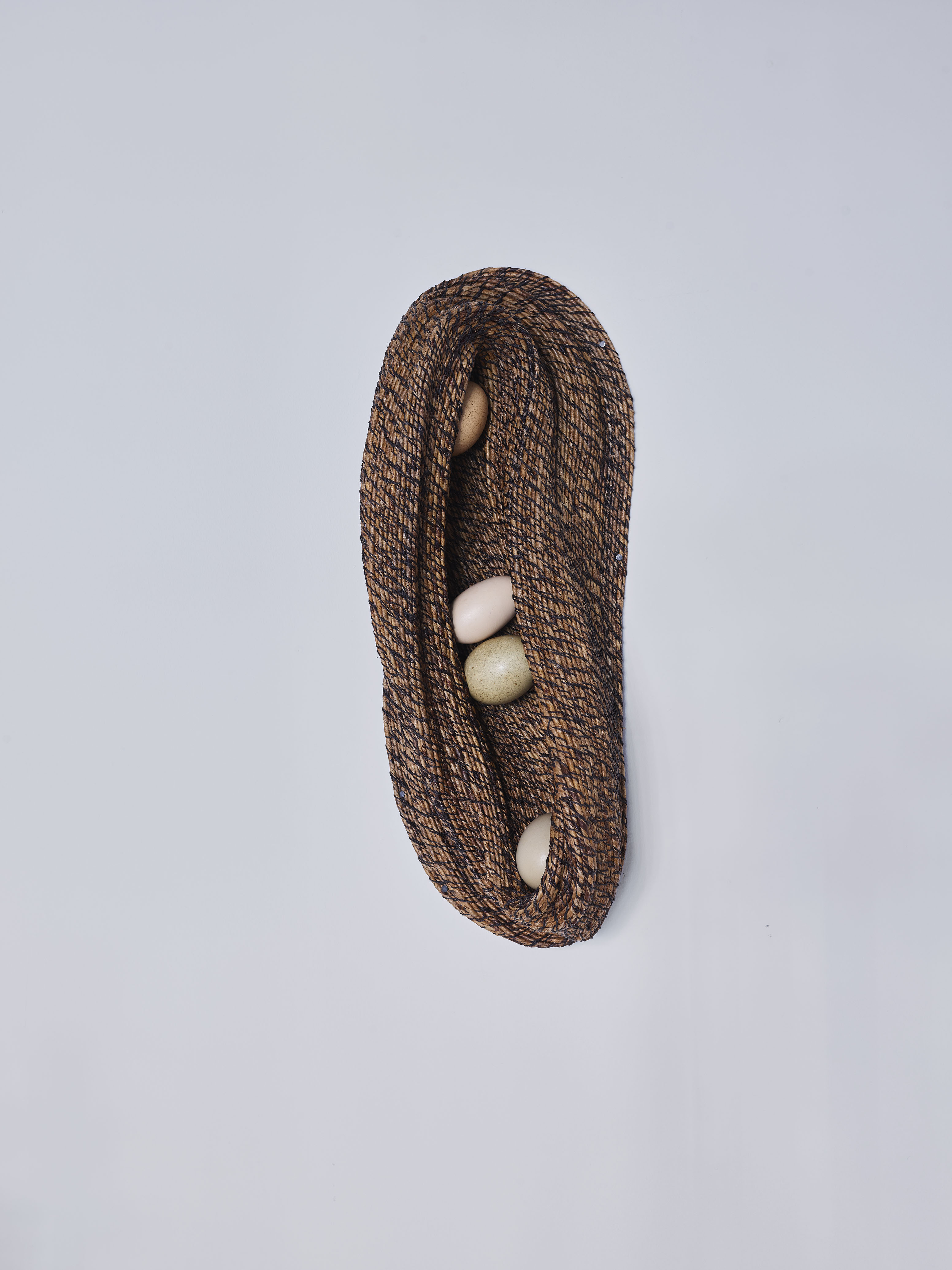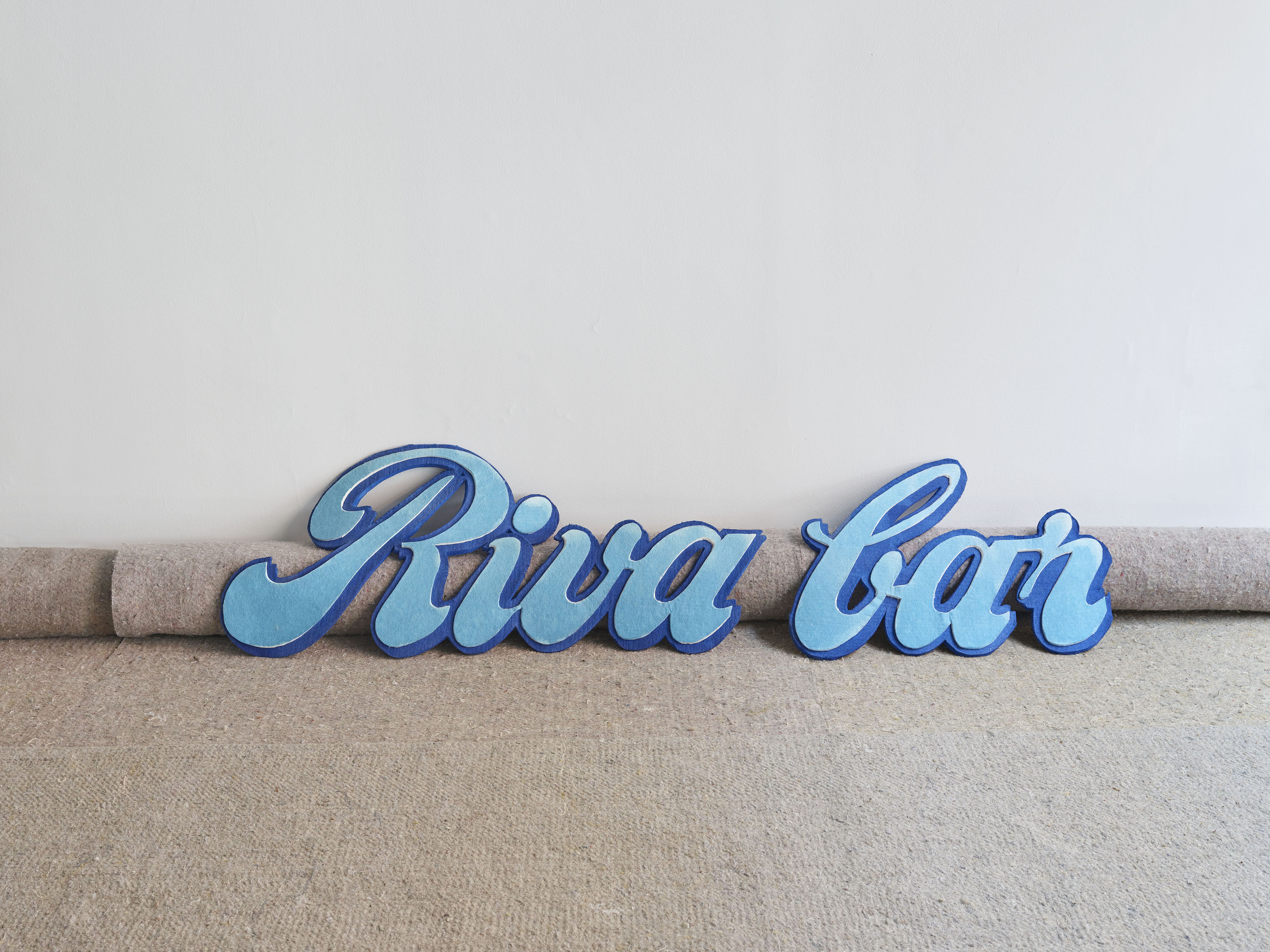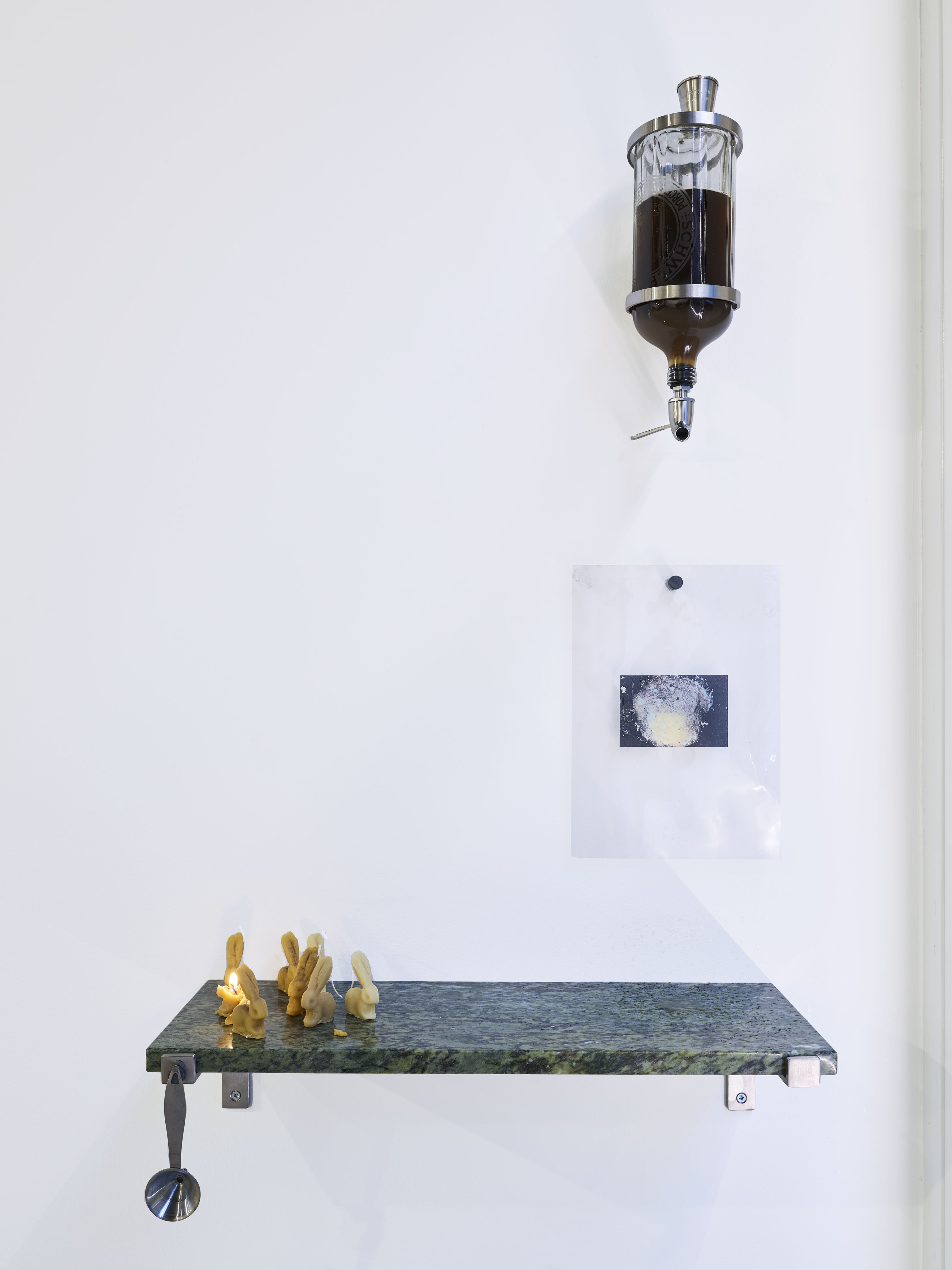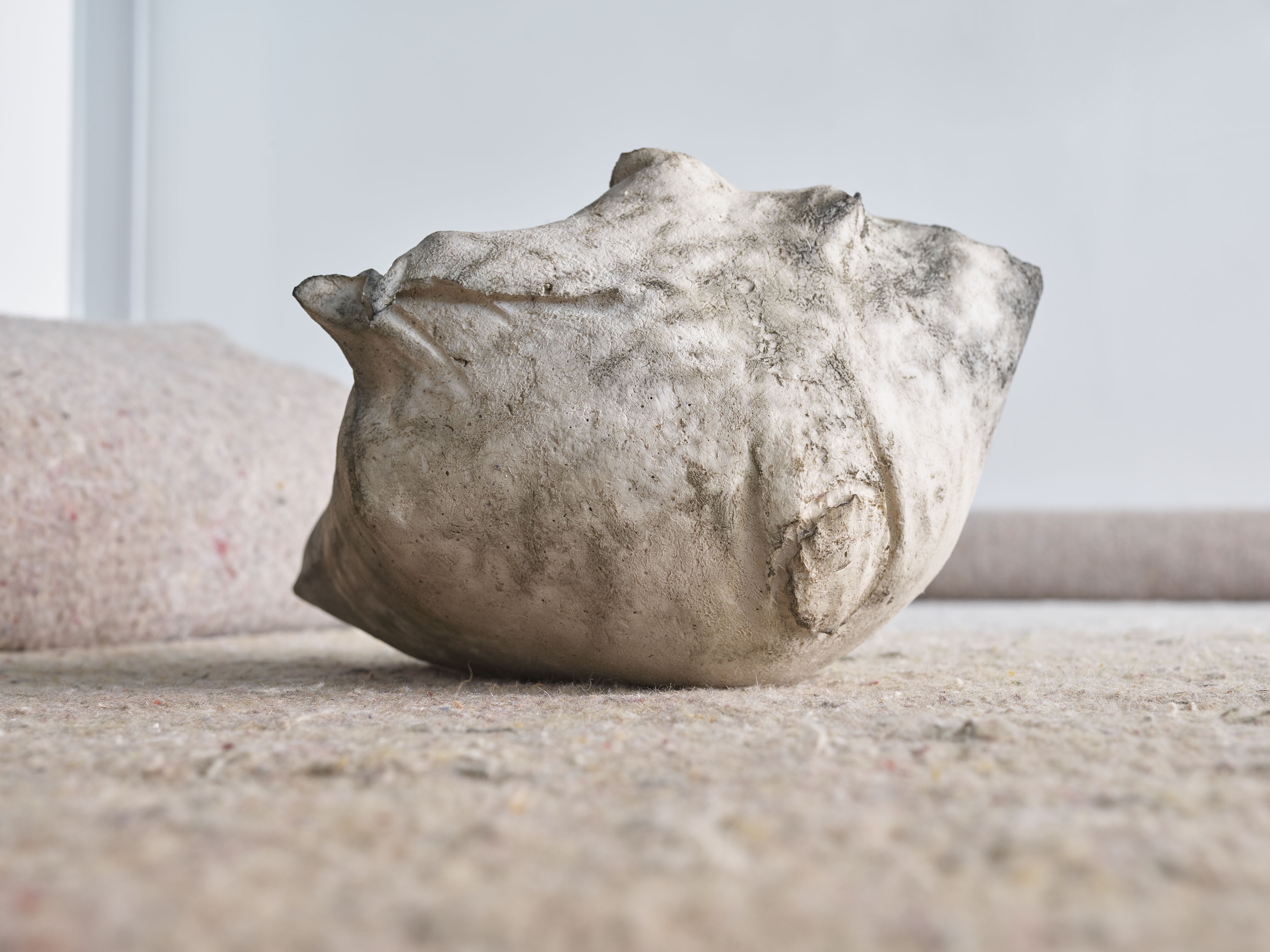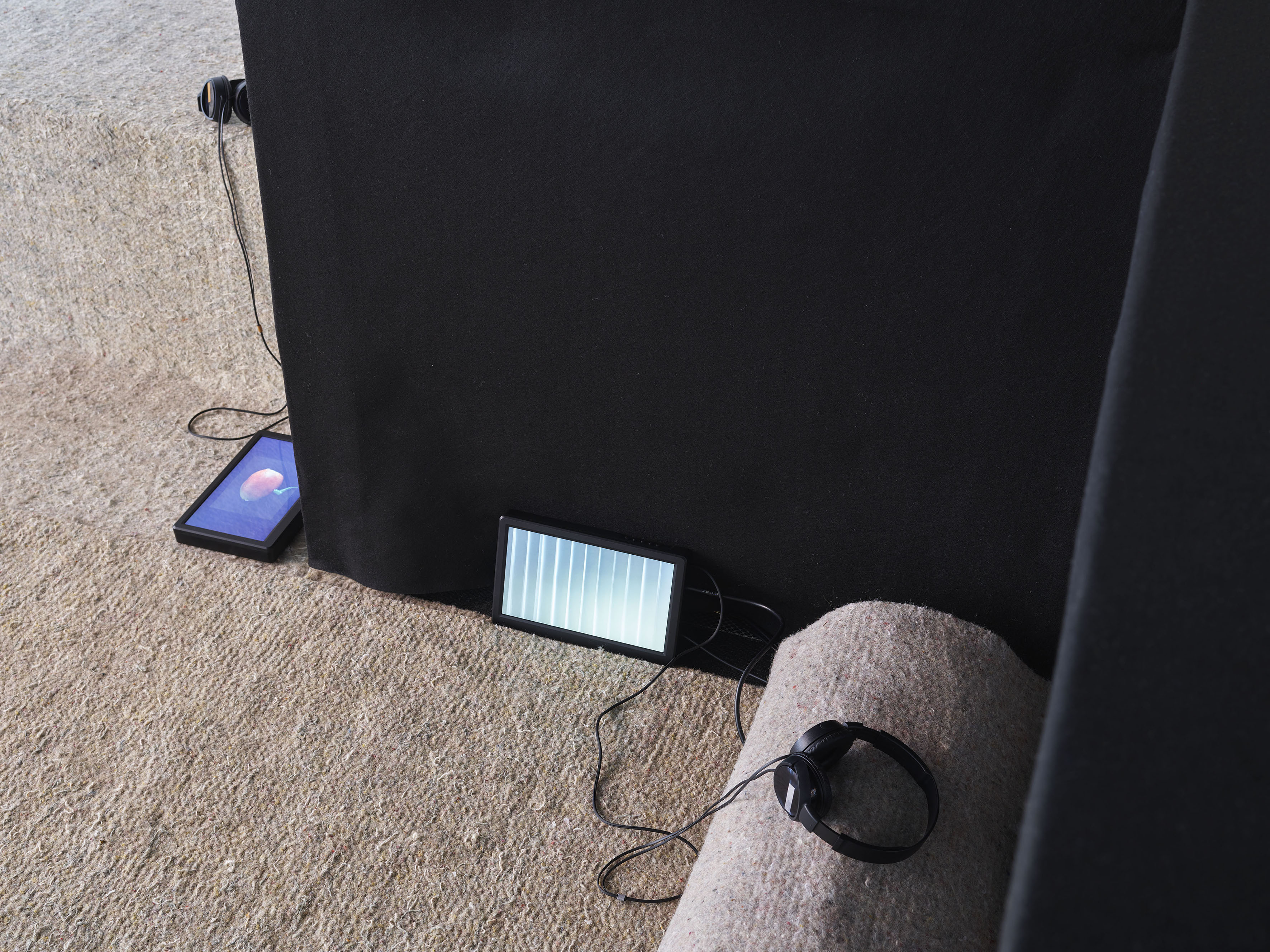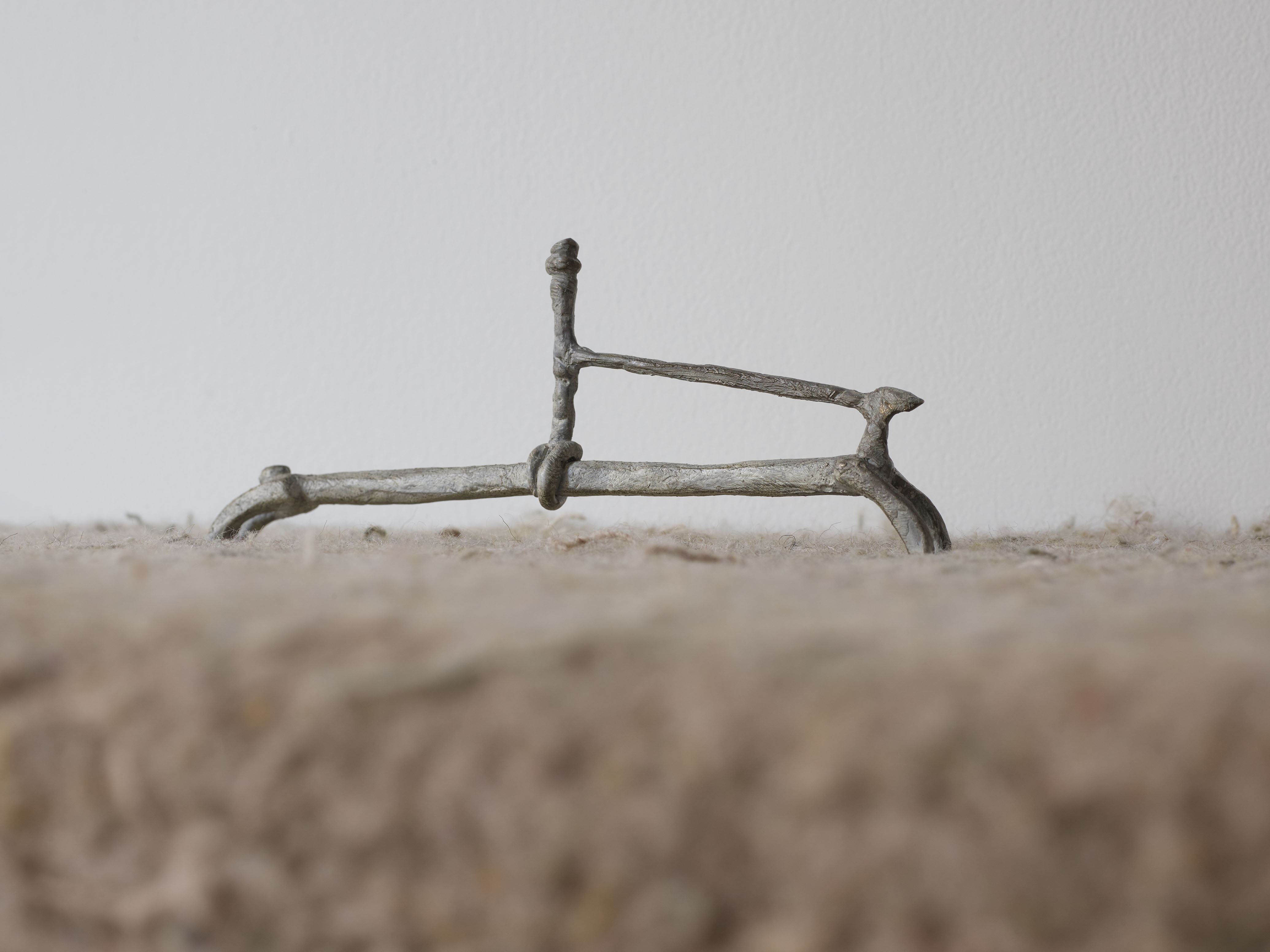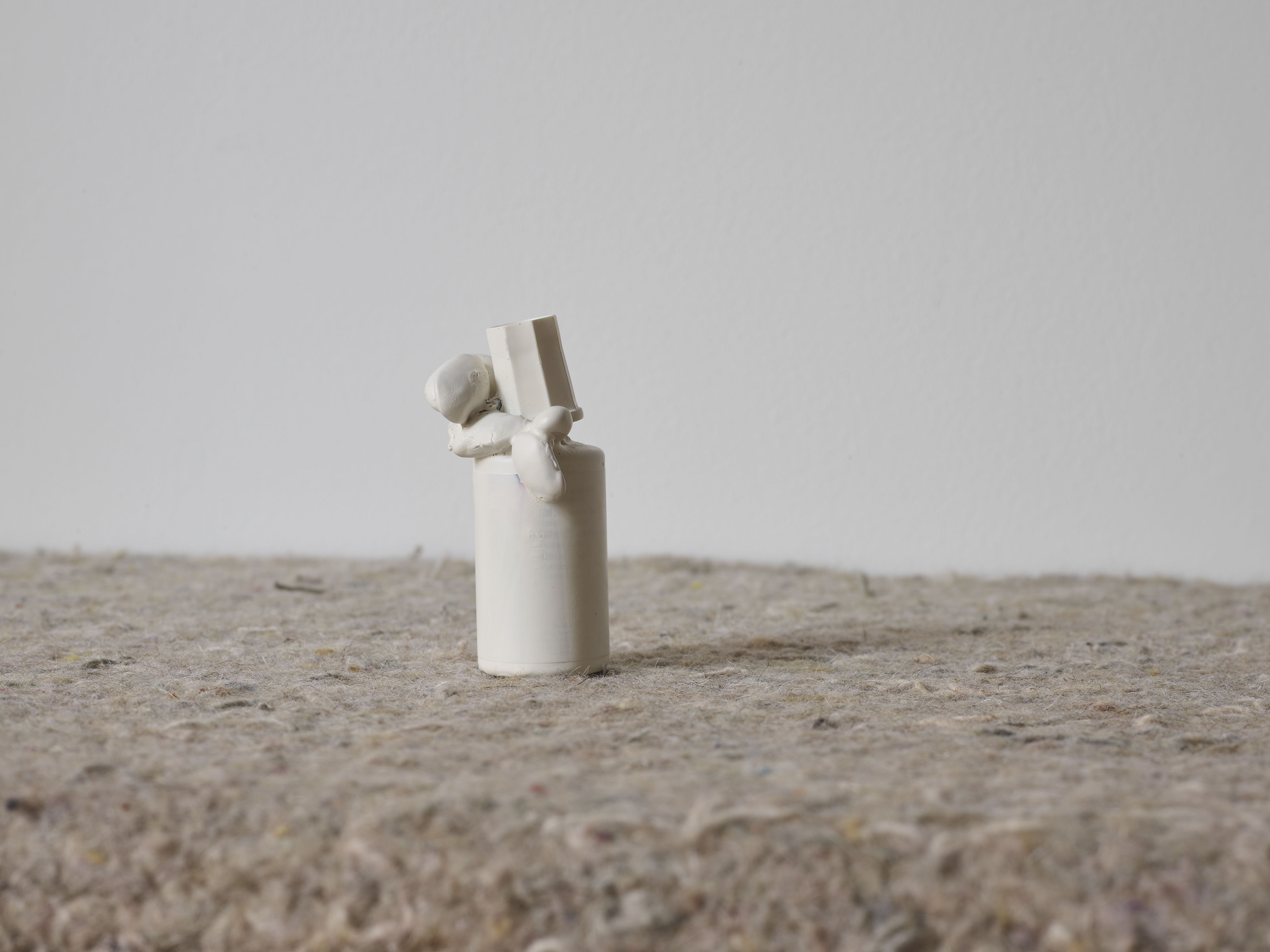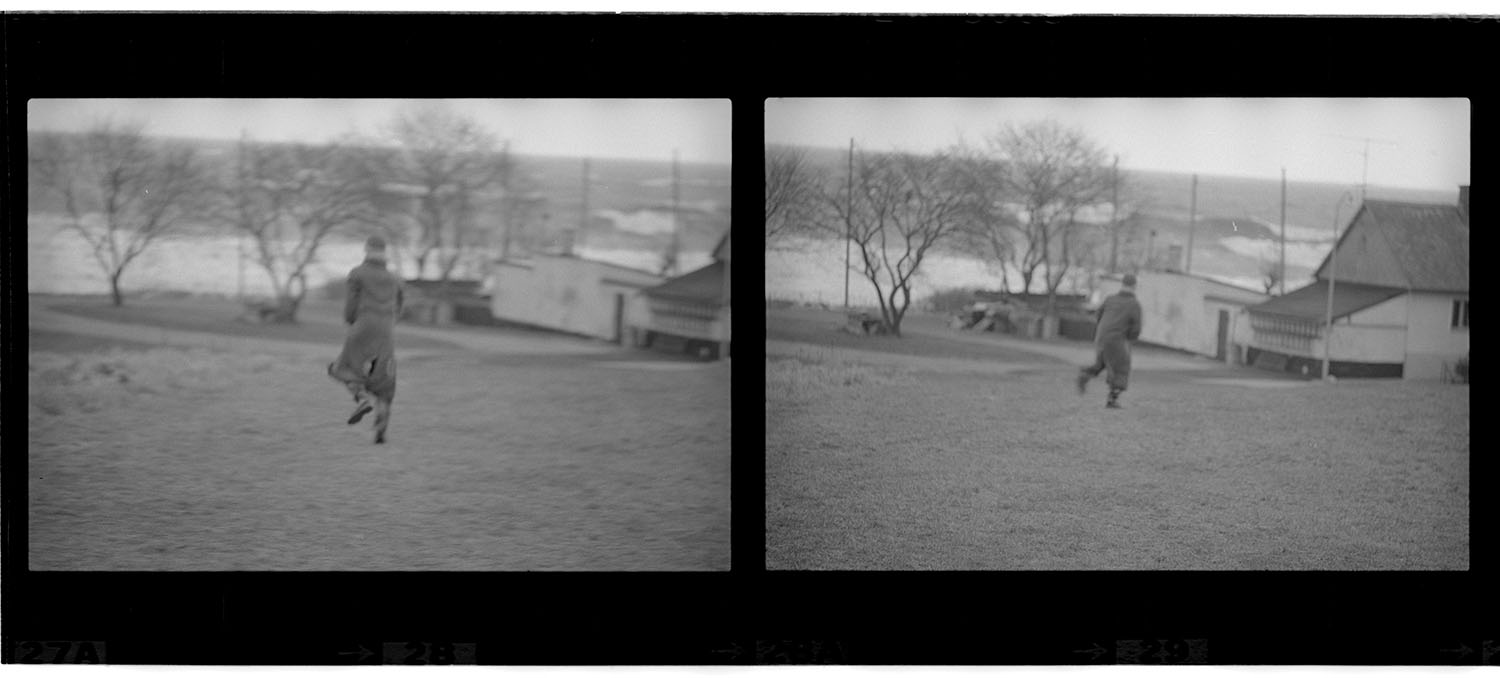1 December 2021 — 18 March 2022
1 Dec 2021 — 18 Mar 2022
Beuys Open Source
If we wish to reignite the process of social imagination, and thus the very possibility of systemic political change in the direction of greater emancipation, we must be able to think of a space that allows such recognition, beyond the smoothing waves of the current reality-system.
Federico Campagna (2018, 192)[1]
Born, May 12, 1921; lived forever after, January 23, 1986.
Joseph Beuys was and continues to be a somewhat contentious figure. Typecast as a capital ‘A’ Artist – a self-anointed, genius, on the brink of divinity – Beuys also fulfills the criteria of a maverick: someone who is unorthodox and independently-minded. Today, when applied to an individual, this term connotes a leader, or at least, some kind of dynamic figurehead – a politician perhaps? Indeed, in an age of … well, you know … those unorthodox (uncouth) and independently-minded (nationalistic) characteristics associated with the leaders of certain nation-state seem to recall those criticisms too easily thrown at Beuys, the maverick. Specifically, how shock and spectacle came to foreground a persona, in turn diminishing any political work. Benjamin H. D. Buchloh (2011; 559) sketches the parallel nicely when he describes Beuys’ practice as one with a radical orientation, one that pushed towards a new beginning, but one that did not allow for the necessary mourning of a recent past.[2]
Lest we forget Beuys’ politic: that construction of life he aspired to set in motion. Rooted in the mythos of magic, of art, and of various cultural expressions, Beuys’ vision (whether we see this as ‘good,’ ‘bad,’ or are indifferent to it) shifted boundaries. Soziale Plastik (Social Sculpture), The Free International University, the Organisation for Direct Democracy, and the commitment to ‘city forestation instead of city administration’ are some of the name-checkable political projects that could be cited as evidence for the new beginning Beuys was looking to create. Here, through modes of assembly, active participation was caressed as a way to “reshape society and history.”[3] In other words, it was through the sculpting of human relations that Beuys’ sought to enable a shift in our reality-system. What was perhaps lacking in Beuys’ philosophy of participation, however, was an understanding that reality transcends politics, and any conflagration of the two too easily ends up as cultural propaganda.[4]
Now on the 100-year anniversary of Beuys’ birth, what could be gleaned from the politic he wished to establish? Is there a way to transcend the dichotomies of identity politics and cultural propaganda apparent in most maverick social enterprises (those associations that reverberate with conceptions of Beuys’ as the artist/shaman/politician/professor)?
Not an exhibition in homage, Beuys Open Source treats the legacy of Joseph Beuys as something of a publicly accessible data set. Working with this twenty-first century metaphor involves seeing the Artist not as a political figure but as someone with far more social sway in our contemporary age: the startup CEO. That is, the founder of something innovative; the boss with skittish determination; the convener of bodies, who together can defy normalcy to materialise fantasy. Here, we are reminded that epistemologically both mysticism and symbolism – two words steeped in Beuysian associations – have common roots in that which is collectively agreed, believed, and followed.
Taking the project of assembly as a catalyst, Beuys Open Source intends to act as a site of fabulation; a (non)ground for speculative conversations; an open-plan office of sorts, where Beuysian ‘source code’ can be mined, traded, and debated anew. As an exhibition built with prefiguration as a conceptual core, the artists brought together each embraces the potentials of differing materials and moments – from found objects to folk-law – constructing around these rich narratives, falsies, and conspiracies; in turn, the artists (together and/or alone) echo the Geist of Beuys’ without the spectacular ultimatum of the new beginning.
Participating artists include: Carla Åhlander, Mikael D. Brkic, Dan Coopey, Rafael Pérez Evans, Laura Ní Fhlaibhín, Johanna M. Guggenberger, Steph Huang, Daniel Huss, Susanne Kriemann, Elisabeth Molin, Joel Tomlin, and Abbas Zahedi.
exhibition design by Veljko Marković
_____
On the occasion of Beuys Open Source, a subterranean satellite, curated by Dan Coopey will unpack in Belmacz’s lower ground space. Titled I Like South America and South America Likes Me this exhibition within an exhibition sees echoes in the societal schisms that fuelled Beuys over-acclaimed performance I Like America and America Likes Me (1974) and contemporary divides in the South American socio-political state. Rather than an appropriative strategy, I Like South America and South America Likes Me gives impetus to South American artists, foregrounding their thinking around that which could be learned from Beuys’ ideas of artistic healing.
In a similar performative echo, each of the works included in I Like South America and South America Likes Me will be brought to the UK in Coopey’s carry-on luggage. A gesture alluding to the UK’s own divisions of people.
Artists include: Allan Pinheiro, André Felipe Cardoso, Andréa Hygino, Anderson Borba, Bruna Magalhães, Bruno Baptistelli, Croche de Vilao, Janina McQuoid, Randolpho Lamonier & Nolo, and Yuli Yamagata.
Artists:
- Carla Åhlander
- Mikael D. Brkic
- Dan Coopey
- Rafael Pérez Evans
- Laura Ní Fhlaibhín
- Johanna Magdalena Guggenberger
- Steph Huang
- Susanne Kriemann
- Elisabeth Molin
- Joel Tomlin
- Abbas Zahedi
-
![]()
Installation View
-
![Untitled (constellation)]()
Dan Coopey
Untitled (constellation), 2021
paper fibre, waxed coated cotton, egg shells
35 x 33 x 15 cm -
![Untitled (configuration)]()
Dan Coopey
Untitled (configuration), 2021
banana fibre, waxed coated cotton, egg shells
46 x 17 x 10 cm -
![CF081838]()
Installation View
-
![The Fluidity (Art is better when it is edible)]()
Steph Huang
The Fluidity (Art is better when it is edible), 2021
motor, dark chocolate, copper, powder coated mild steel
120 x 45 x 45 cm -
![CF081923]()
Installation View
-
![Riva Bar (Felt)]()
Mikael Brkic
Riva Bar (Felt), 2021
felt sign
180 x 50 x 2cm -
![Phytophthora infestans, Biddy Early, Stinking Bob and a drove of hares make a colony of care]()
Laura Ní Fhlaibhín
Phytophthora infestans, Biddy Early, Stinking Bob and a drove of hares make a colony of care, 2021
The artist’s great grandmother’s Lil Hendrick’s glass bottle filled with a vodka and Ruithéal Rí- Herb Robert - Stinking Bob-tincture, drove of beeswax hares, stainless steel cups, Irish marble slab
-
![Mngrv (nylonsnoon)]()
Susanne Kriemann
Mngrv (nylonsnoon), 2020
aluminium, rope collected in mangrove habitat. Inkjet on Hahnemühle Photorag 308 gr, monotype printed with raw oil found in mangrove habitat
70 x 100 cm -
![Le Femme Capable]()
Johanna Magdalena Guggenberger
Le Femme Capable, 2021
plaster of Paris cast from a full goat hide bag
approximately 23 x 32 x 32 cm -
![set of ends & somewhere in SE]()
Elisabeth Molin
set of ends & somewhere in SE, 2018 - 2021
HD videos
ed.3 + 2AP -
![Horseman]()
Joel Tomlin
Horseman, 2021
patinated bronze
20.5 x 8.5 x 2 cm -
![Delete the Beans]()
Abbas Zahedi
Delete the Beans, 2021
beans, Tipp-ex bottle, Tipp-ex
8.5 x 5 x 5 cm -
![Can and Stone, Thermos]()
Rafael Pérez Evans
Can and Stone, Thermos, 2021
stone, can, tealight
between 26 x 12cm & 16 x 10cm -
![Peacock, marginalia]()
Mikael Brkic
Peacock, marginalia, 2021
80 x 22 x 12 cm, ed.3 +2AP
bronze -
![Choreography for one early morning in the past that would otherwise fall into]()
Carla Åhlander
Choreography for one early morning in the past that would otherwise fall into, 2021
photographic black and white resin print in a clear acrylic frame
14 x 32. 5 cm -
![]()
Installation View
-
![CF081758-1]()
Installation View
-
![CF082011]()
Installation View
Enquiry
Please fill out the form below and we will get back to you. Or you can contact us directly gallery@belmacz.com
Item



